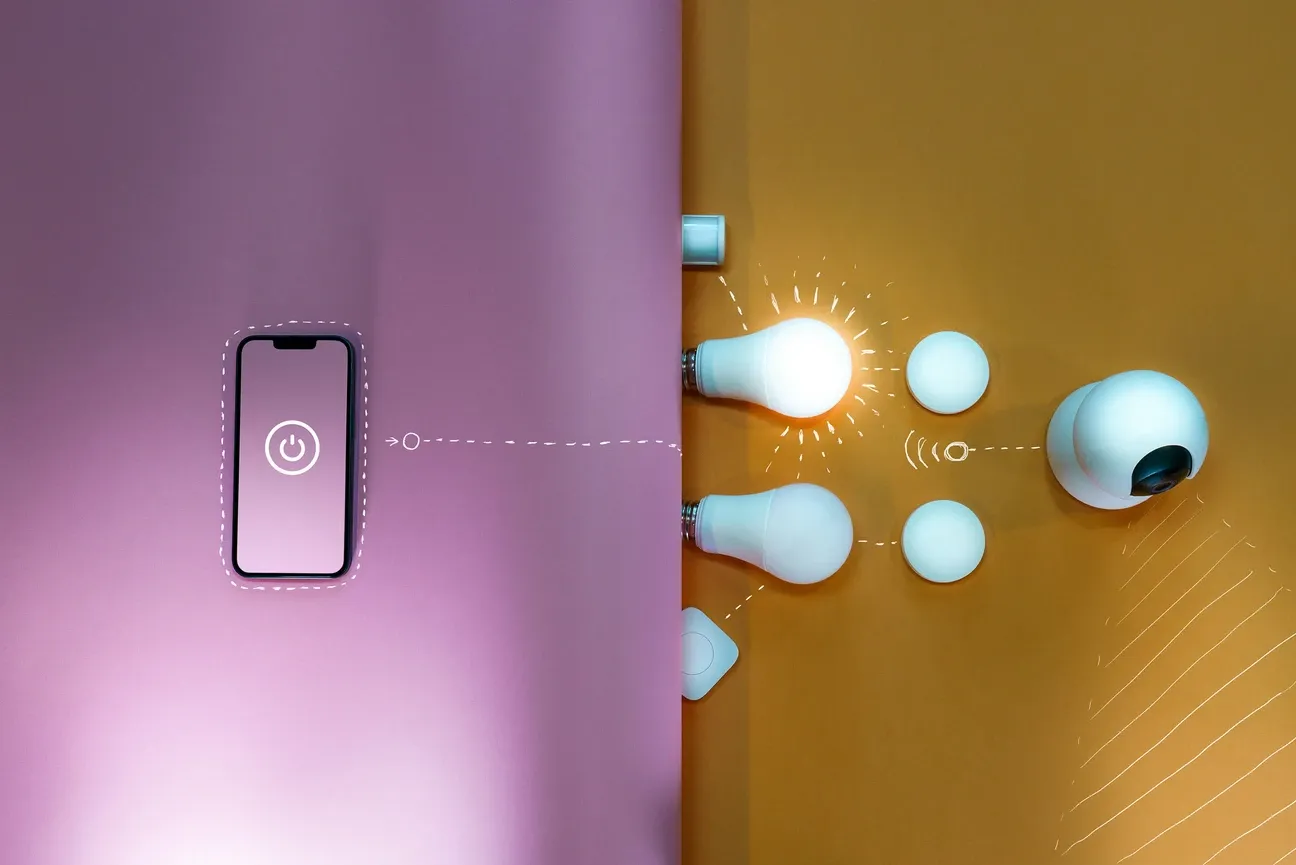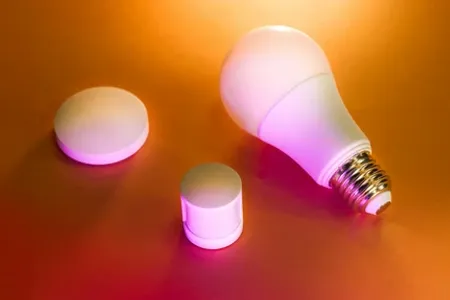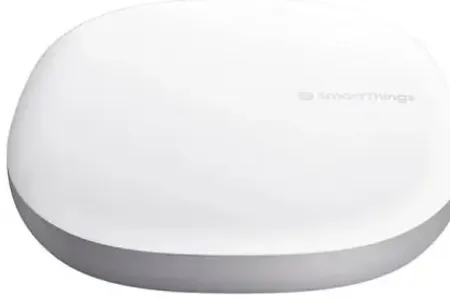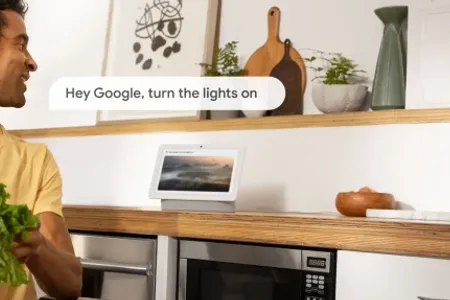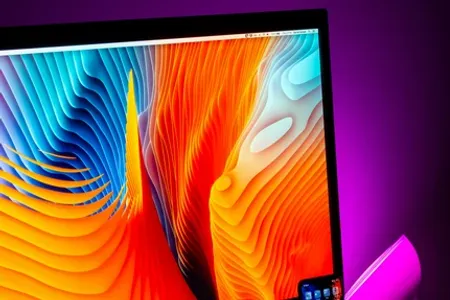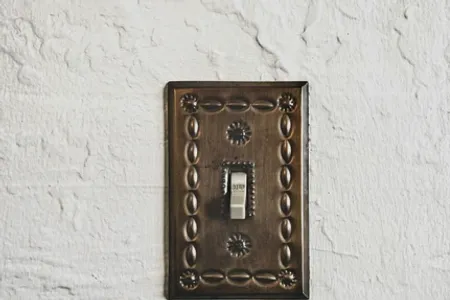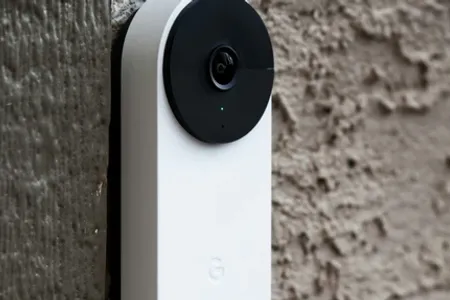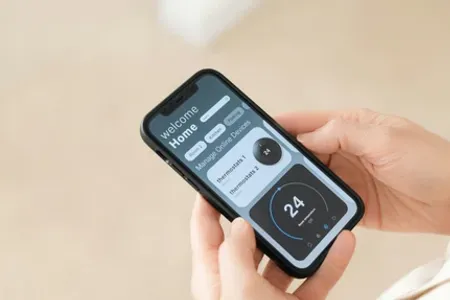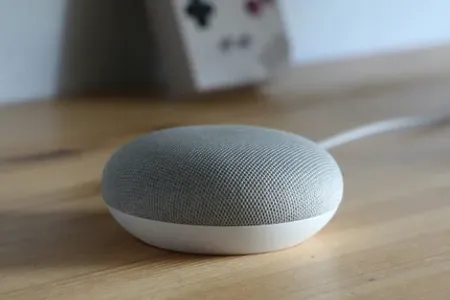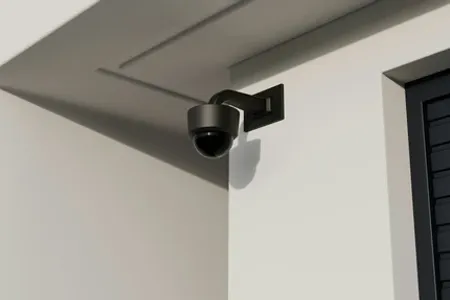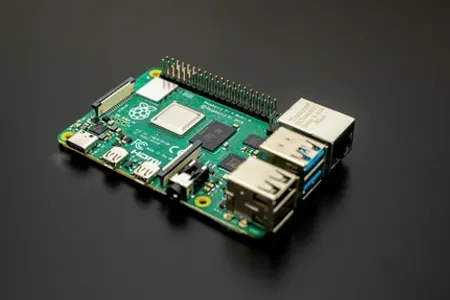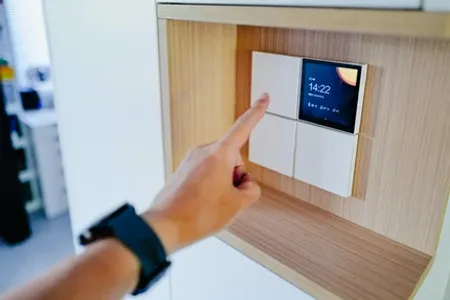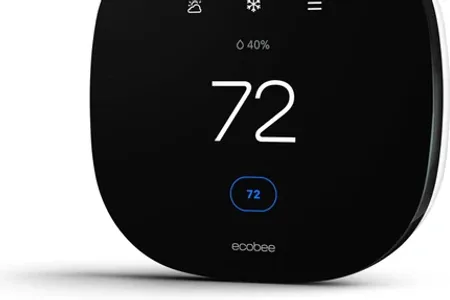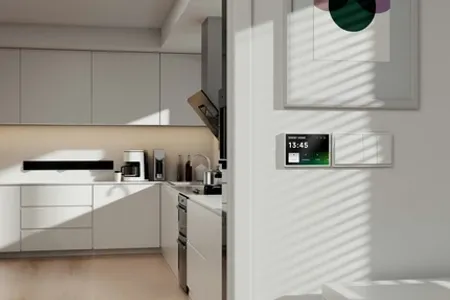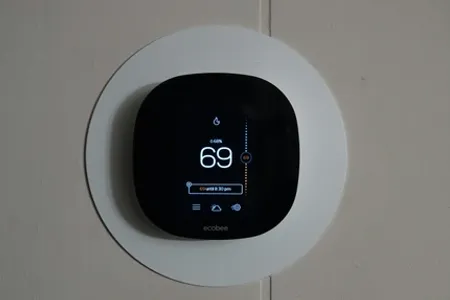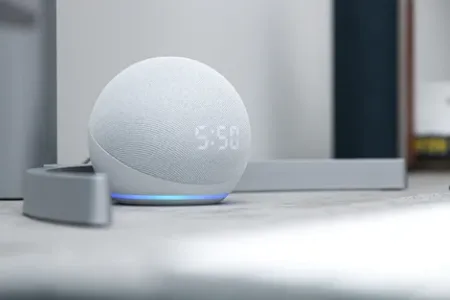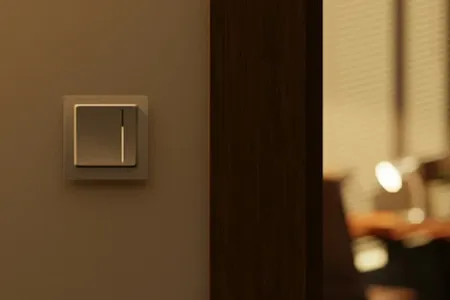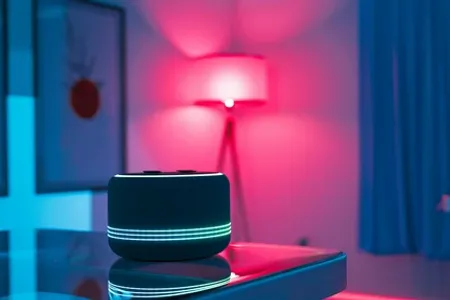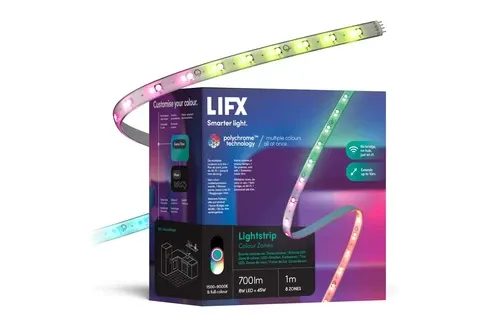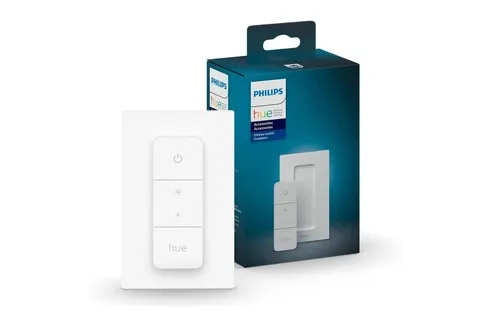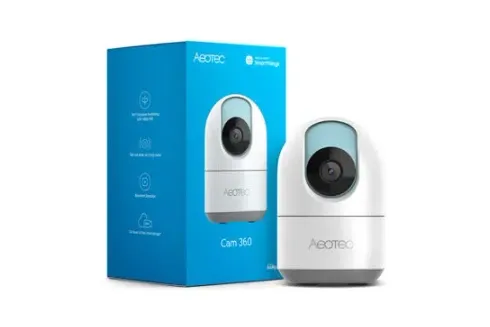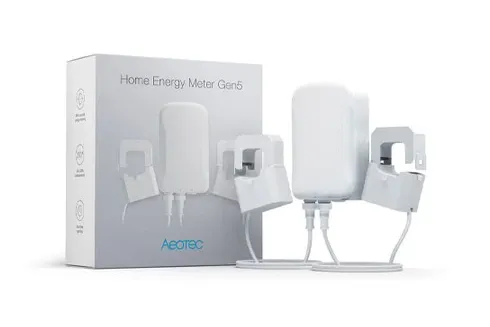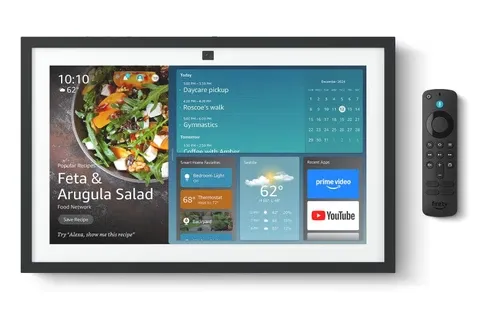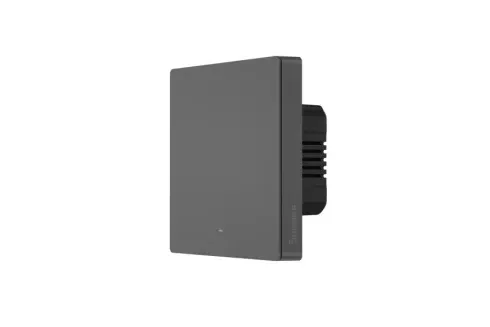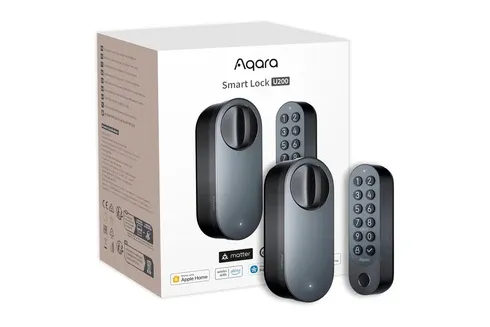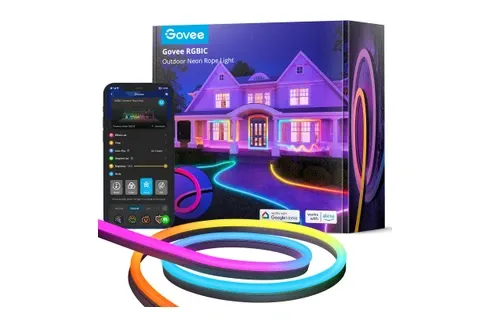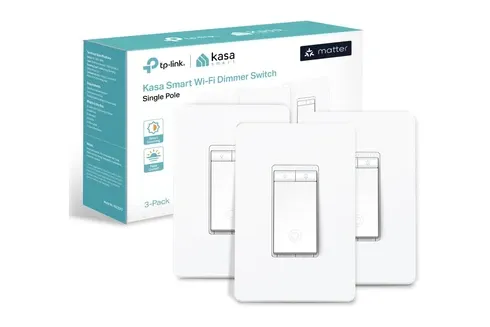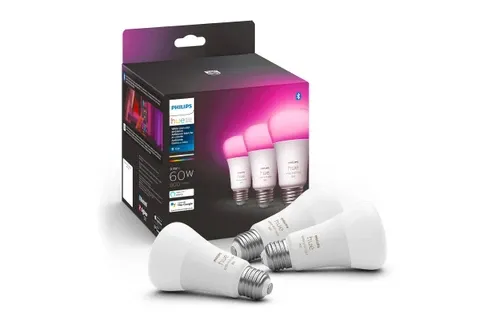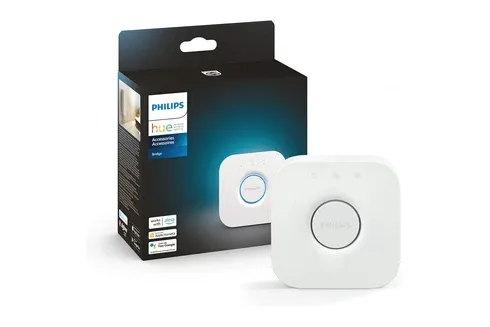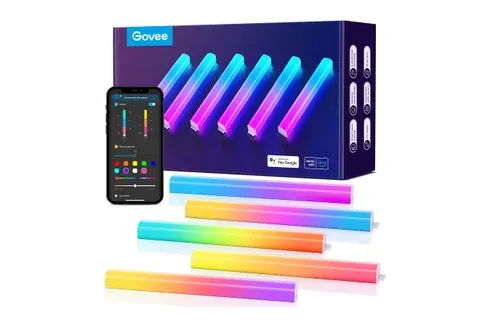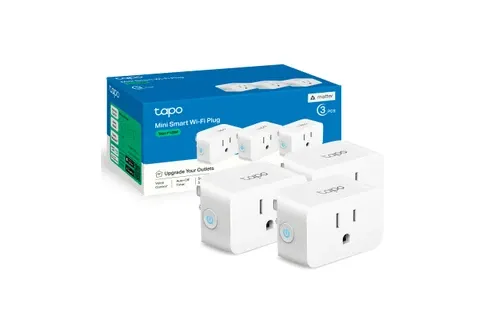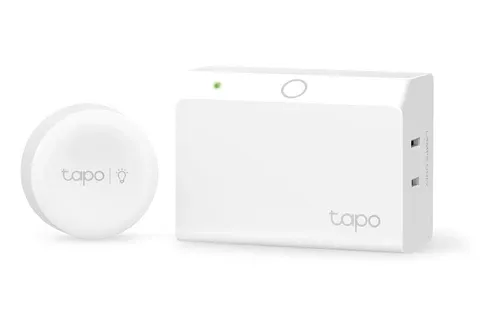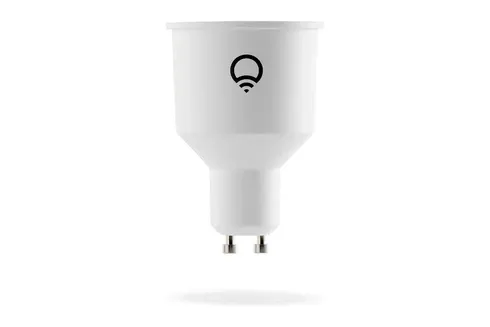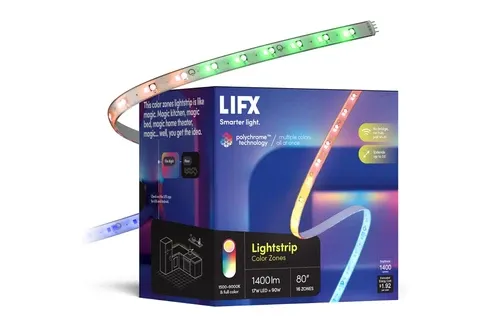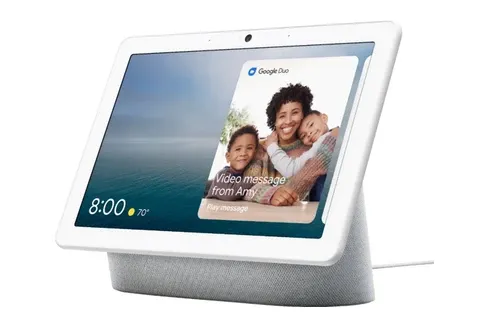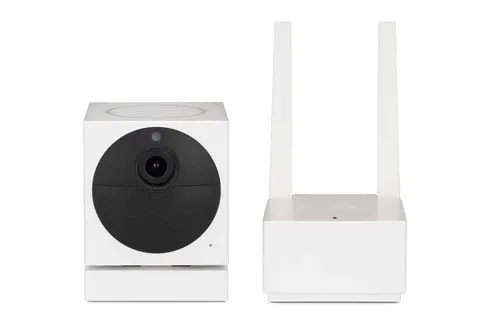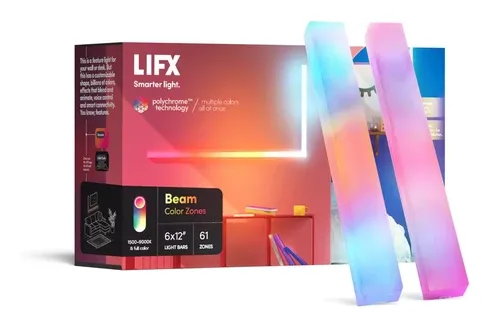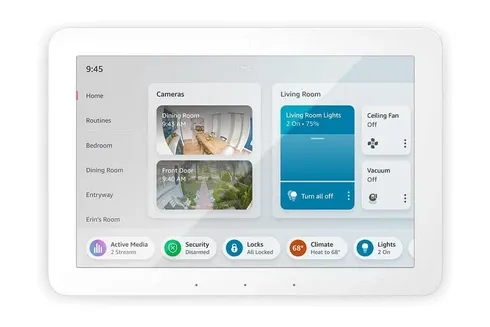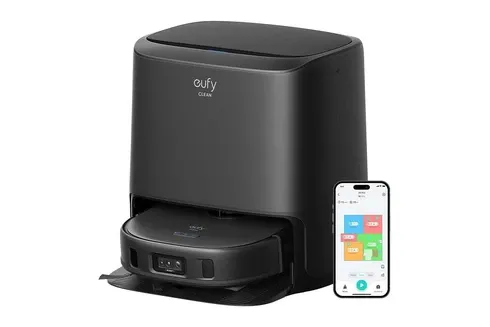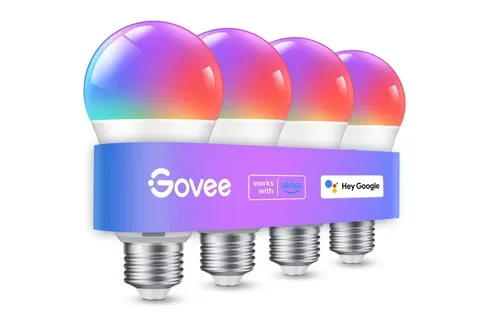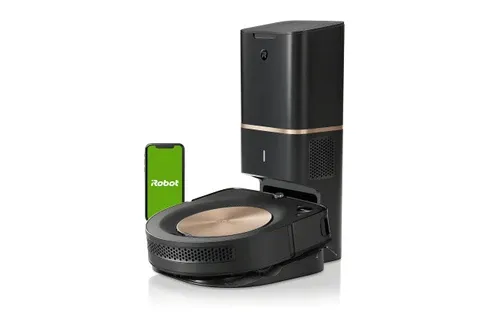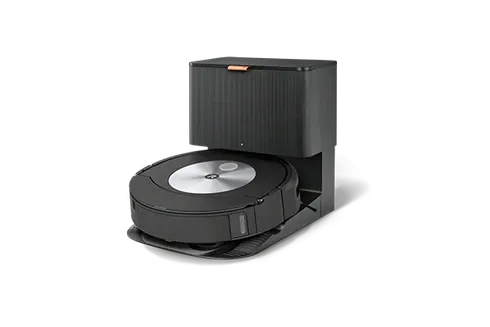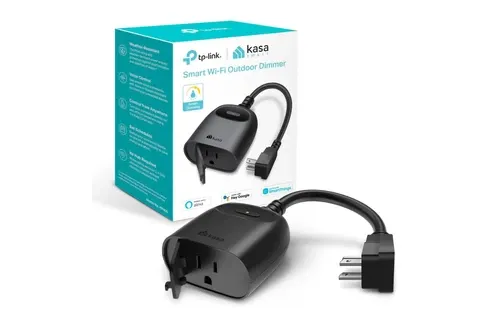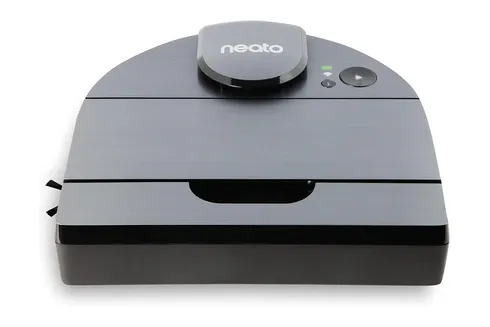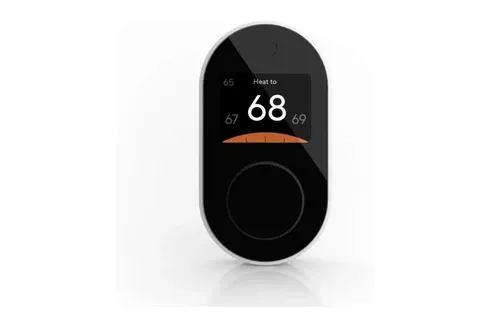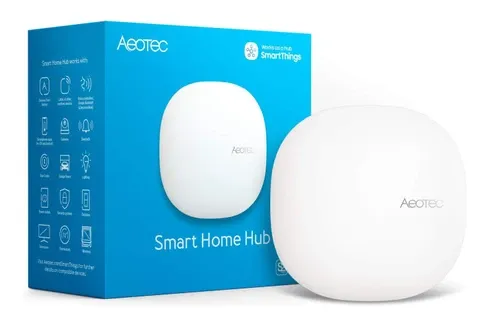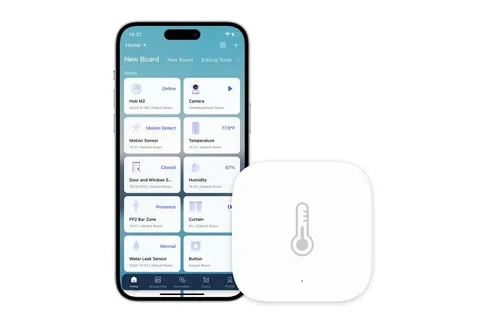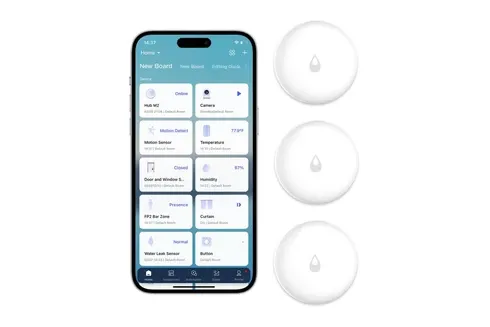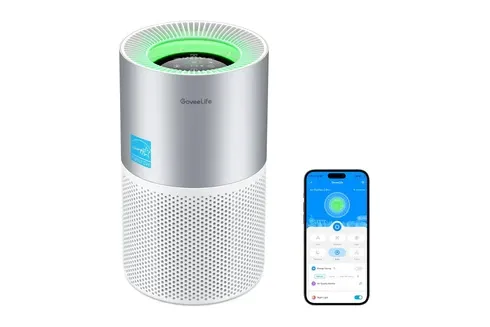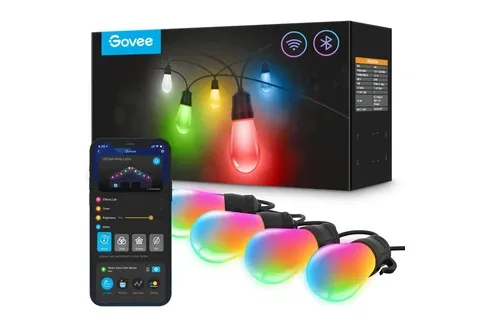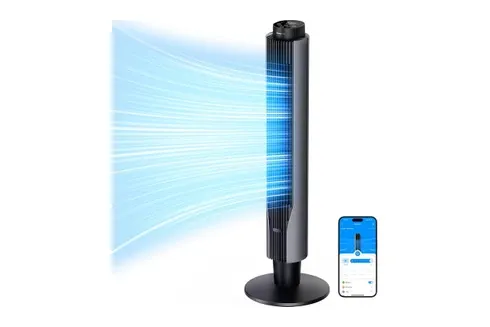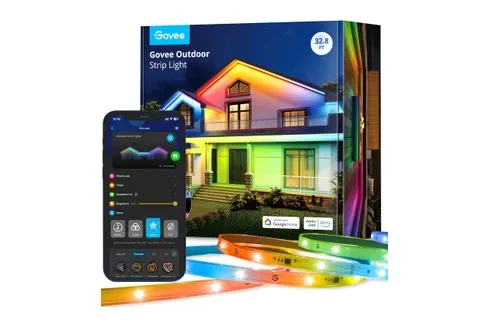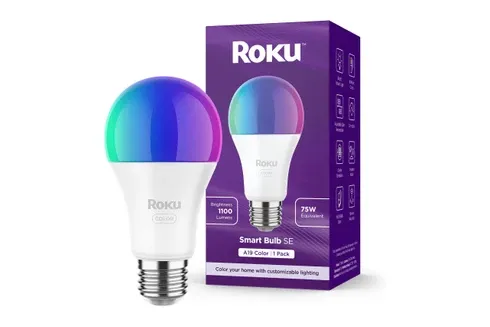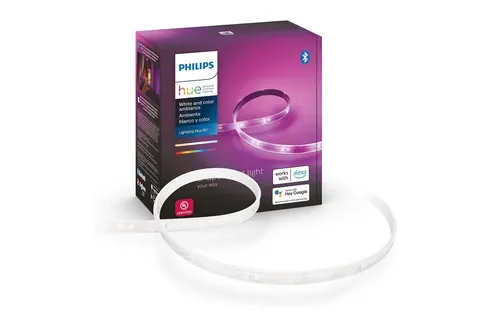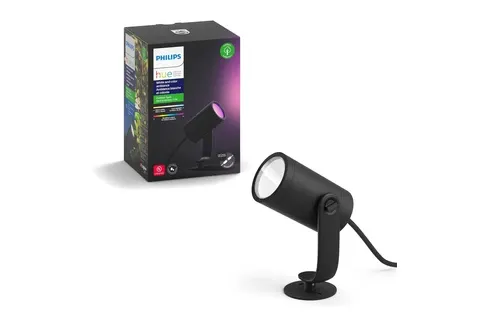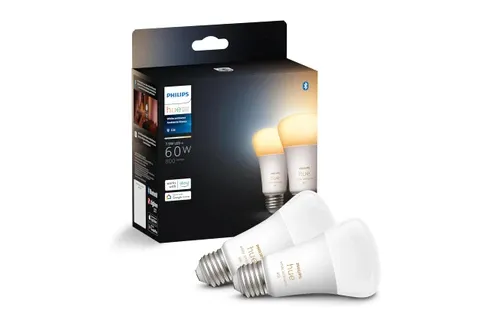In today's fast-paced world, home automation has quickly become a cornerstone of modern living. With the rise of the Internet of Things (IoT), managing household devices has never been easier. Home automation offers seamless control over appliances, lighting, security systems, and more, all from the convenience of your smartphone or voice assistant.
The convenience of home automation goes beyond simple control; it has brought a new dimension to how we interact with our living spaces. Imagine adjusting the lighting to match your mood with a simple voice command or ensuring your home is secure while you're away through real-time surveillance. The ability to manage every aspect of your home remotely not only enhances convenience but also empowers homeowners to maintain their household effortlessly. With advancements in connectivity and the widespread adoption of smart devices, these features are becoming standard in modern homes, setting new benchmarks for comfort and efficiency.
The ability to integrate advanced technology into everyday routines has turned home automation from a novel concept into a practical reality. Whether it's automating lights to save energy or using voice commands to control security systems, smart home technology has transformed traditional living spaces into dynamic, efficient environments. This transformation reflects not only advancements in technology but also a shift in how we perceive and interact with our homes. As the technology becomes more accessible and affordable, the benefits of a connected home are reaching a broader audience, emphasizing comfort, sustainability, and adaptability.
With systems now capable of learning user behaviors, the once static and rigid home setups have become adaptable and intuitive. For instance, lighting systems can now mimic natural daylight to improve mental well-being, and advanced algorithms in HVAC systems ensure rooms maintain ideal temperatures with minimal energy usage. As we move forward, these innovations promise to make homes not just smarter but also more attuned to the needs of their inhabitants, fostering a deeper connection between people and their living spaces.
As technology continues to evolve, home automation is becoming more than a luxury—it’s becoming an essential part of how we live. With more homes integrating smart technology, the future of modern living is undoubtedly digital, efficient, and connected. This trend reflects the increasing desire for homes to provide not just shelter but also a tailored experience that enhances quality of life.
What is Home Automation?
Home automation refers to the integration of smart technologies into everyday household systems. These devices are connected via a network, typically through Wi-Fi or Bluetooth, allowing them to communicate and be controlled remotely. Whether it’s adjusting the thermostat, turning off the lights, or monitoring your home’s security system, home automation makes it all possible with a few simple taps.
Home automation systems offer unparalleled flexibility, enabling users to customize their homes to fit their unique needs and preferences. Imagine waking up to a home that "greets" you with automated blinds letting in natural sunlight, a pre-programmed coffee maker brewing your morning cup, and a thermostat setting the perfect temperature for your comfort. These capabilities not only improve convenience but also elevate the daily routine into a seamless and enjoyable experience.
By leveraging the power of interconnected systems, home automation delivers an unmatched level of control and customization. Imagine a world where your lights dim automatically as the evening progresses, your thermostat adjusts to the perfect temperature before you arrive home, and your coffee maker starts brewing as soon as you wake up. These scenarios, once confined to the realm of science fiction, are now achievable through smart home technology. This evolution underscores the incredible potential of automation to simplify life and enhance our daily experiences.
Furthermore, advancements in cloud computing and AI have expanded the scope of home automation. Systems can now provide predictive maintenance alerts for appliances, detect unusual activity to enhance security, and even offer recommendations for energy-saving adjustments. These features illustrate how home automation is not just about convenience but also about creating a proactive and responsive environment that adapts to your lifestyle.
Home automation takes convenience to new levels by allowing users to control virtually every aspect of their home through one central interface. The possibilities are endless, from energy management to security, entertainment, and even household chores. As innovations continue to emerge, the potential applications of home automation will only grow, making it an indispensable part of modern living.
Revolutionizing Home Automation with AI
Artificial intelligence (AI) is revolutionizing the way home automation operates. AI-driven systems are capable of learning user behavior, making proactive adjustments to optimize comfort and efficiency. This emerging trend is expected to bring a level of personalization never before seen, revolutionizing how smart homes function and respond to their occupants' needs.
AI is transforming smart homes from reactive environments to predictive ecosystems. For instance, instead of merely responding to commands, AI systems can analyze historical data to anticipate your needs. This might include adjusting the thermostat before you arrive home based on your usual schedule or detecting when certain appliances need maintenance, thereby preventing potential breakdowns.
AI enables smart systems to go beyond basic command execution. For example, instead of merely adjusting the thermostat when instructed, an AI-powered system can learn your preferences, adjusting the temperature automatically at certain times of the day based on your routine or even the local weather. This adds an extra layer of convenience and energy efficiency.
Moreover, AI-powered systems can now integrate with wearables and other personal devices to provide context-aware adjustments. Imagine your fitness tracker signaling your smart home to adjust lighting and temperature after a workout to help you relax. These capabilities illustrate how AI can bring an unprecedented level of sophistication and integration to home automation.
By harnessing the capabilities of AI, home automation systems can now analyze patterns and predict user needs with remarkable accuracy. For instance, an AI-enabled lighting system might learn when to dim lights for movie nights or brighten rooms for reading. Such systems create a living environment that feels tailored to each user, blending advanced technology with the comfort of familiarity. This level of customization represents a significant step forward in how homes can adapt to the lifestyles of their inhabitants.
Exploring Home Automation Innovations
As technology evolves, exploring new home automation solutions can help you discover unique ways to enhance convenience and security. Manufacturers are constantly exploring how AI and IoT can work together to create systems that intuitively respond to your household's needs. Whether you're exploring options for smart speakers, advanced security solutions, or even energy-efficient devices, the market offers a wide variety of choices.
The rapid growth of the IoT ecosystem has paved the way for groundbreaking innovations in home automation. Devices now feature advanced sensors, enabling them to provide insights and recommendations based on environmental data. For example, smart air purifiers can monitor air quality and automatically adjust settings, ensuring a healthier living environment. Similarly, integrated water management systems can detect leaks and notify homeowners immediately, preventing costly damage.
For instance, smart refrigerators now remind users when they’re running low on groceries, and AI-driven cleaning robots can map out your house to provide optimal cleaning paths. This constant innovation ensures that homeowners have an ever-growing range of devices and systems to choose from.
Moreover, advancements in automation have introduced features like multi-device integration, enabling entire systems to work together seamlessly. For example, a morning routine might involve blinds opening automatically, your favorite playlist starting, and your thermostat adjusting to a comfortable temperature. These synchronized solutions illustrate the profound impact of technology on creating cohesive and intuitive home experiences.
The integration of augmented reality (AR) and virtual reality (VR) is also beginning to influence home automation. AR-enabled apps can assist in planning smart home setups, while VR allows users to "step into" virtual representations of their homes to test automation features before implementing them. These emerging technologies represent the next frontier in enhancing user experience within the smart home ecosystem.
Benefits of Home Automation
The growth of home automation offers numerous benefits that appeal to homeowners looking for convenience, security, and energy efficiency. Here are some key advantages:
- Convenience: Manage all your smart devices from one centralized platform, such as a mobile app or voice assistant.
- Energy Efficiency: Smart thermostats and lighting systems help save energy by automating settings based on your preferences and habits.
- Enhanced Security: Automated door locks, security cameras, and alarm systems provide 24/7 monitoring and real-time alerts.
- Customization: Create personalized schedules for your home’s systems to match your routine and lifestyle.
- Increased Property Value: A home equipped with automation features is highly desirable, often adding value when it’s time to sell.
In addition to these key benefits, smart home automation enhances the overall quality of life by freeing up time and reducing stress. Knowing your home is safe, energy-efficient, and easy to manage allows you to focus on what matters most.
Beyond individual conveniences, home automation contributes to broader sustainability efforts. By optimizing energy usage, smart systems play a vital role in reducing environmental impact. Features like energy consumption tracking and automated resource management align with global efforts to promote eco-friendly practices, showcasing how technology can serve both personal and collective goals.
The role of community-driven data in optimizing smart homes is also growing. Shared data insights, while maintaining privacy, can enable neighborhood-level automation solutions such as synchronized energy-saving programs or shared security monitoring. This collective approach highlights the
Maximizing Energy Efficiency
One of the most compelling reasons to invest in home automation is the potential for energy savings. By automating your home's energy usage, you can ensure that no energy is wasted. Smart thermostats, lighting systems, and energy monitors can adjust their settings based on real-time data, such as whether anyone is at home or how much natural light is available.
For example, smart lighting systems can automatically adjust brightness based on the time of day or occupancy. This helps reduce electricity usage and can lead to significant savings on your energy bills. In the long run, these systems not only help the environment but also make your home more cost-effective.
Popular Home Automation Systems
There are several major players in the home automation market, each offering unique ecosystems and features:
- Google Nest: From smart thermostats to security cameras, Google Nest provides a range of integrated solutions for controlling your home.
- Amazon Alexa: With Alexa-compatible devices, you can manage everything from lights to door locks using simple voice commands.
- Apple HomeKit: For Apple users, HomeKit provides a secure and seamless platform for integrating smart devices, controllable through Siri and the Home app.
- Samsung SmartThings: This platform offers broad compatibility with a range of third-party devices, giving users flexibility in building their smart home ecosystem.
Revolutionizing Compatibility with Multiple Systems
The increasing focus on cross-platform integration is revolutionizing the smart home landscape. Exploring compatibility between systems like Google Nest, Apple HomeKit, and Amazon Alexa enables users to create more cohesive and flexible automation solutions. This revolution in interoperability ensures that users can enjoy a more streamlined experience, regardless of which devices they own.
This cross-compatibility is making it easier for homeowners to combine the best features of different systems. For example, you might prefer the voice assistant capabilities of Alexa but want to integrate it with Apple HomeKit’s secure ecosystem. These integrations make home automation even more seamless and accessible.
How to Get Started with Home Automation
If you're new to home automation, it can feel overwhelming. However, getting started is simpler than it seems. Here are the basic steps:
- Start small: Begin with one or two devices like a smart thermostat or smart lighting system. This allows you to familiarize yourself with the technology before expanding.
- Choose a platform: Pick a home automation platform that works well with your existing devices and preferences, such as Alexa, Google Assistant, or HomeKit.
- Consider security: Make sure that any devices you purchase come with robust security features to protect your privacy and data.
- Set up automation routines: Once you have several devices, set up routines or schedules to maximize convenience. For example, automate your lights to turn off when you leave the house or set the thermostat to adjust the temperature based on the time of day.
Starting small allows you to explore the technology without becoming overwhelmed. Once you're comfortable, you can gradually expand your system to include more devices and automation features.
Ensuring Security in Home Automation
While the benefits of home automation are clear, it’s important to keep security in mind. Make sure that any smart devices you install have strong encryption and regularly update their firmware to protect against vulnerabilities. Additionally, ensure that your home network is secure by using a strong password and enabling two-factor authentication wherever possible.
By taking these precautions, you can enjoy the convenience of a smart home without compromising your privacy or security.
The Future of Home Automation
The future of smart homes is constantly evolving. Artificial Intelligence (AI) and machine learning are becoming integral parts of home automation systems, allowing devices to learn from user habits and make proactive adjustments. In the near future, we can expect even greater integration between smart home technologies and environmental sustainability efforts, as energy-efficient systems become more advanced.
In addition, voice assistants are expected to become more sophisticated, offering more intuitive interactions and understanding more complex commands. As 5G technology becomes more widespread, we can expect faster and more reliable communication between smart devices, further improving the user experience.
Revolutionizing the Future of Smart Homes
The integration of cutting-edge AI and machine learning technologies is revolutionizing the future of smart homes. These advances will allow for more intelligent, adaptive, and energy-efficient solutions, transforming homes into fully responsive environments. This revolution is setting the stage for homes that not only follow commands but also anticipate and cater to the evolving needs of their inhabitants.
For example, future homes might adjust lighting, heating, or even the ambiance based on the occupants' mood or time of day, providing an experience that feels personalized and seamless.
Exploring the Future of Smart Homes
As companies push the boundaries of what's possible, exploring new innovations in smart home technology will be essential for those interested in staying ahead. Industry leaders are already exploring advanced AI, better automation, and eco-friendly options, all of which promise to revolutionize the way we live. Whether you're interested in sustainability or simply making life easier, exploring future possibilities ensures you remain at the forefront of home automation.
In summary, home automation is transforming the way we live, offering unparalleled convenience, improved security, and the ability to optimize energy consumption. With a wide array of smart home products available, there's never been a better time to begin upgrading your home for the future. As technology continues to improve, smart homes will only become more intuitive, adaptive, and essential to everyday life.
